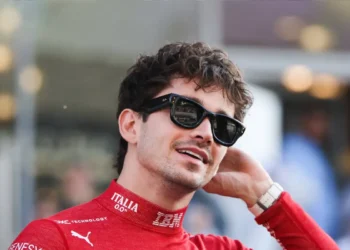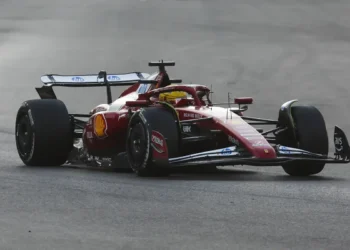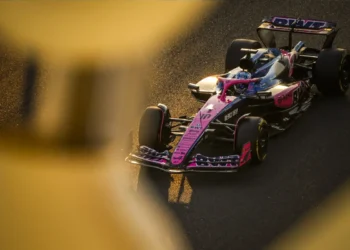Uncovering the Secrets of Mercedes’ Revolutionary 2026 F1 Engine Project
As the Formula 1 world buzzes with discussions about the return of V10 engines, behind the scenes, Mercedes is silently revolutionizing the future of F1 with its 2026 engine project. While many details have been kept under wraps, exclusive access to Mercedes’ Brixworth factory has unveiled groundbreaking insights into the team’s preparations for the upcoming turbo hybrids.
Taking the reins from Andy Cowell in 2020, Mercedes’ engine chief, Hywel Thomas, is spearheading the transition into the new era of turbo hybrids, where sustainability and electrification are at the forefront. Despite Mercedes’ dominance in the previous rules era, Thomas emphasizes that the 2026 engines mark a significant departure from their predecessors, stating, “It is a complete tear-up.”
The shift towards sustainable fuels and increased electric power poses complex design challenges, requiring a complete overhaul of components. Thomas highlights that the new regulations demand innovative solutions, with no room for carryover parts from the current engines. The increased reliance on electrical energy, with the MGU-H being replaced by a more powerful MGU-K system, presents a formidable task for Mercedes and other engine manufacturers.
While the technical aspects of the engine are radically different, the turbo hybrid concept provides a familiar yet challenging framework for Mercedes. Thomas acknowledges that the regulations offer more existing technologies to build upon, shifting the focus towards maximizing efficiency and performance in the new power units.
In a departure from previous innovations like the split turbo concept, the 2026 regulations aim for standardized power unit layouts to level the playing field among teams. With a stringent cost cap in place for the first time, manufacturers like Mercedes are compelled to rethink their approach to engine development, focusing on efficiency and performance within budgetary constraints.
As the countdown to 2026 continues, the big question looms over where each manufacturer stands in their engine development. Thomas remains focused on Mercedes’ internal progress, emphasizing a relentless pursuit of performance enhancements without being swayed by external speculations. With competitors like Ferrari and Honda poised to challenge Mercedes’ supremacy, the team remains vigilant and committed to continuous improvement.
The dynamic nature of engine development, coupled with evolving chassis regulations, presents a unique set of challenges for Mercedes and other teams. As the final pieces of the 2026 puzzle fall into place, the F1 landscape is set for a seismic shift, ushering in a new era of innovation and competition in the sport.










